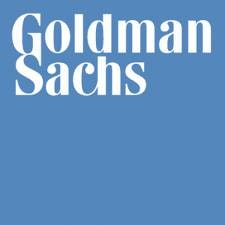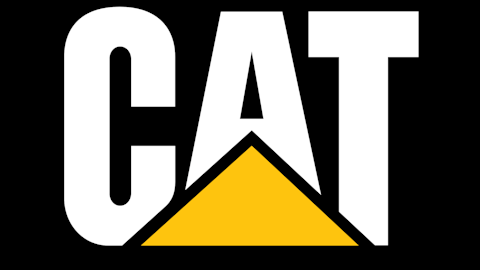Years ago I was in the Sahara desert looking down at the ground, and I noticed some pebbles rolling. I picked them up, and low and behold they seemed to be a different color than the others. The wind was kicking up some dust around me, and my guide was yelling something, but I pulled out my microscope and examined them more closely.
People started yelling, but doggone it, I was going to inspect these small stones, as I felt the wind kicking up around me. My guide could take it no more and shook me, tilted my head towards the horizon, where a dark cloud blotting out the sun spelled bad news.
No, it wasn’t rain, it was a sandstorm, and moments later I was pulverized by tiny pieces of shrapnel propelled by the strong wind, til I was left with sand pouring out of every piece of clothing and running off every body part, it was as if you had dug up a genie directly from the sand, no lamp.
The Investing Story
Oftentimes I believe we examine minutia, the earnings, revenue, and margins after the dust has already settled rather than looking the bigger picture, what’s coming on the horizon.
People question me about earnings, about revenues, about analyzing margins, and telling me this is what investing is about. I disagree, I think it is a combination of looking at the horizon, and anticipating the road ahead, as well as analyzing the sands at your feet. (the numbers)

In the Sahara, the sands shift all the time. So do accounting practices. Earnings on often Wall Street are manipulated garbage. Look at mark to market (how a bank reports assets on its balance sheet) on the balance books of big banks. To quote Goldman Sachs Group, Inc. (NYSE:GS) description of the now defunct Lehman Brothers, “mark to fiction.”
In order to read the sands accurately, you have to be a very good accountant and read a lot of disclosures. This is what Jamie Dimon at JPMorgan Chase & Co. (NYSE:JPM) and all sorts of banks, and institutional investors hire an army of MBA’s to do. In his book, “Too Big To Fail” Andrew Ross Sorkin describes the army of bankers who inspected the books of the financial institutions going under, including descriptions of all the financial chicanery used to cook the books. (specifically AIG)
Besides which you are examining the sands long after they have already settled. That doesn’t mean it’s not important to do so. As a “horizon investor” I have to see whether vision was blurred.
For example, if I see l lines outside the Apple Inc. (NASDAQ:AAPL) store lining up to buy the iPad, or iPhone when they came out, when people make fun of me for being a fuddy-duddy using a PC, looking ahead, I should see a really bright sun descending over the valley of Apple.
Now, it’s up to me to do my due diligence, because when the sales figures come out, and they are up, and profits are up, then that means my vision of the horizon wasn’t blurred. The challenge in waiting for the earnings before making your decision is that the market has already responded to the good or bad news, and this will be priced into the stock. The further you can look out at the horizon and predict whether it’s going to be a sandstorm or sunny the greater your returns will be, but the further ahead you look, the more hazy your vision. Tell me what Apple will look like ten years from now?





